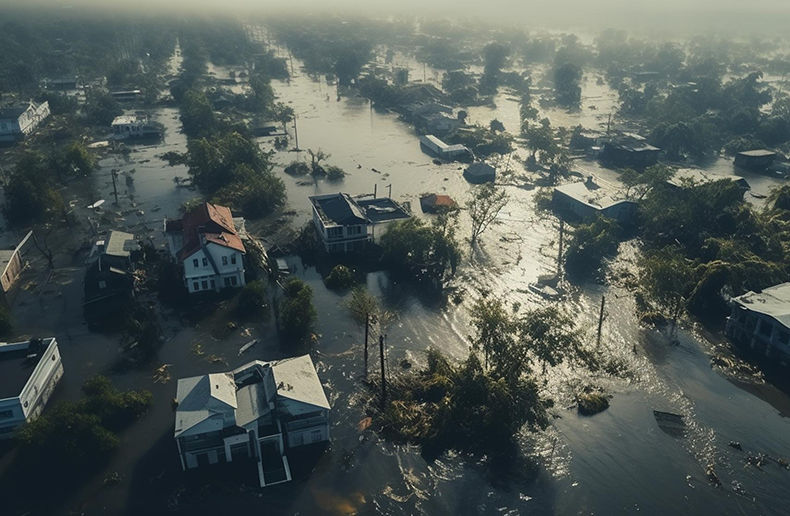The life and health insurance industry has undergone a rapid transformation since the beginning of COVID-19 – but it still has a long way to go, a panel of insurance experts told a webinar hosted by Breathe Life in late March.
Since the beginning of the pandemic, technology has taken over the industry, with paper applications all but vanishing, as advanced analytics and artificial intelligence came to the fore. Clients who prefer to “see” their advisor now Zoom, while other clients are going the do-it-yourself route.
“It was going to happen,” said Jeff Goldberg, executive vice president of research and consulting at New York-based Novarica. “It’s not COVID that forced us to do something new – COVID forced us to accelerate what was obviously going to be the future evolution of the industry.”
But it did take some time for insurers to catch up with what the pandemic was doing to the business, said Dennis Craig, vice president, MGA & National Account Relationships at RBC Insurance.
Not every product had an app, so the insurer had to create them, said Craig. RBC also had to retool to take in new business from the front end while payments and claims all had to change from paper-based to online. At the same time, RBC had a huge inventory it was working on – but didn’t have the traditional paramedical tests that had been standard for years.
In some places, brokers (and their clients) had to get used to not meeting with clients face-to-face. It took a while for a large percentage of advisors to figure out a way to approach customers digitally, said Eric Palmer, chief marketing officer at Brokers Alliance Inc., which serves independent financial advisors in the U.S.
“There was this moment in time when everybody froze and said: ‘how do I keep operating when nobody wants to meet with me in my office or face-to-face’?”
Decreasing interest rate environment
At the same time, the industry, facing an already decreasing interest rate environment, knew it had to come up with creative ideas to both live within that pricing setting and provide products of value.
For example, Palmer said there aren’t many products that contain an unemployment waiver or rider, an option that waives premiums during a period of unemployment. When businesses shuttered their doors because of the pandemic, there was a dramatic spike in unemployment in the U.S. between March and April of 2020, peaking at 14.8 per cent in April 2020. In January 2021, the unemployment rate fell to 6.3 per cent.
“How many unemployment waivers or riders do we see on products today – not enough,” said Palmer. “You’re probably going to see a lot more of those or [other] accelerated benefits. You’re going to see a lot of these side features in 12-to-18 months becoming major additions to product. I think this is a very positive thing. But it’s also a challenge.”
While the industry was digesting the horrible toll the pandemic was making on people’s lives, it was slowly bringing insurance online, agreed Neil Spracking, president of US Life and Health Americas with Swiss RE.
“I think that’s a good thing for the industry. I think we should all look at the last 12 months and say: it was quite extraordinary that we kept everything working.”
Disability claims
With the life and health insurance side of the business and the property and casualty part of the industry were both hit hard by COVID-19, Spracking said one still unknown is how disability claims will fare, particularly when it comes to mental health. But it’s here where insurers should throw down the gauntlet.
“Let’s lean into the opportunity because it’s there and let’s make it a positive out of a negative situation and make sure the uptick in awareness that we see is not just a passing fad,” he said.
Craig agreed that insurers will see more clients grappling with mental health issues prompted by COVID-19 and will need to access more telehealth services in the future.
The Centre for Addiction and Mental Health (CAMH) recently reported that the pandemic is having a negative impact on Canadians’ mental health, with stress levels doubling since COVID-19 began. CAMH says people are anxious about their own health and that of family, concerns about unemployment and finances as well as social isolation.
A recent poll found that half of Canadians reported worsening mental health since the pandemic began with many feeling worried (44 per cent) and anxious (41 per cent).



















